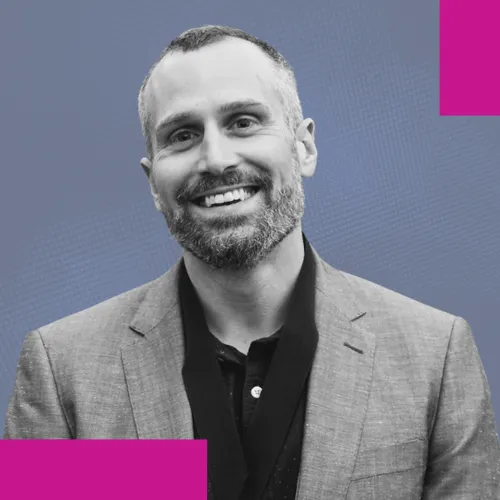As President Biden’s green industrial policies reignite the US manufacturing base, artificial intelligence computing workloads soar, and machines across the economy are electrified, the power grid is facing historic increases in demand.
After almost two decades of flat electricity consumption, suddenly America’s grid planners are doubling their forecasts for demand – raising the urgency for new infrastructure. The IEA is also out with a new forecast showing that data center energy consumption could double by 2026 because of AI and crypto mining.
This week, we’ll ask: what’s needed, and what happens if we can’t build it?
Then, some major changes in the world of tax finance. We’ll look at how transferable tax credits are opening up new kinds of deals for clean energy – and take a deeper dive into the long-awaited and controversial details of hydrogen tax credits.
Katherine Hamilton of 38 North and Shalini Ramanathan of Quinbrook Infrastructure Partners join us this week to sift through these trends.
Recommended resources
- Real Clear Energy: The era of flat power demand is over
- Reuters: Sam Altman says AI depends on energy breakthroughs
- E&E News: Southeast utilities are asking for more gas
- Latitude Media: Here’s how hydrogen tax credits could slash emissions
- Latitude Media: The transferable tax credit market is growing fast




